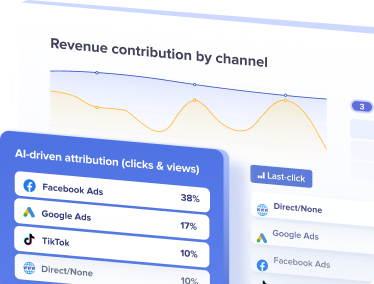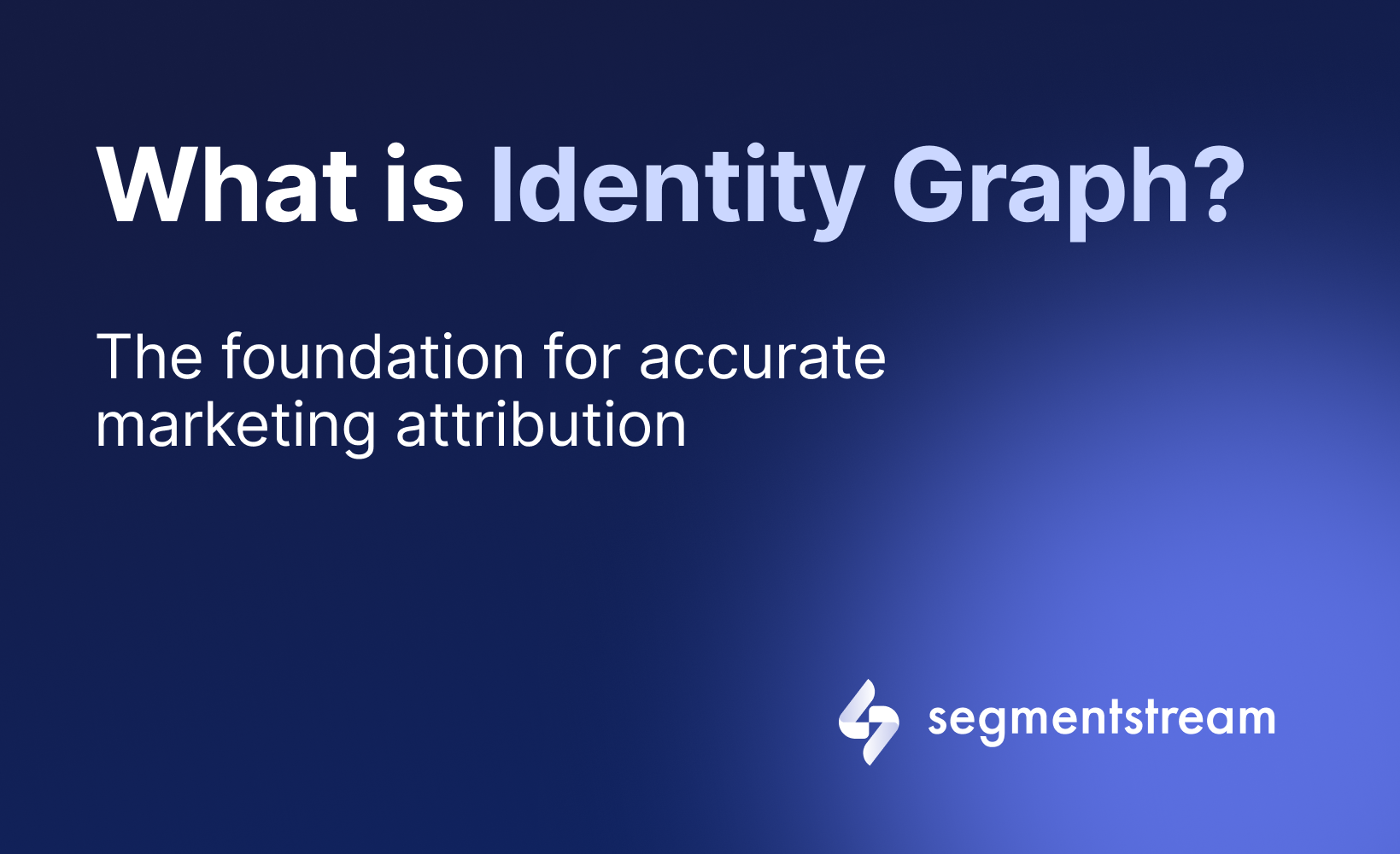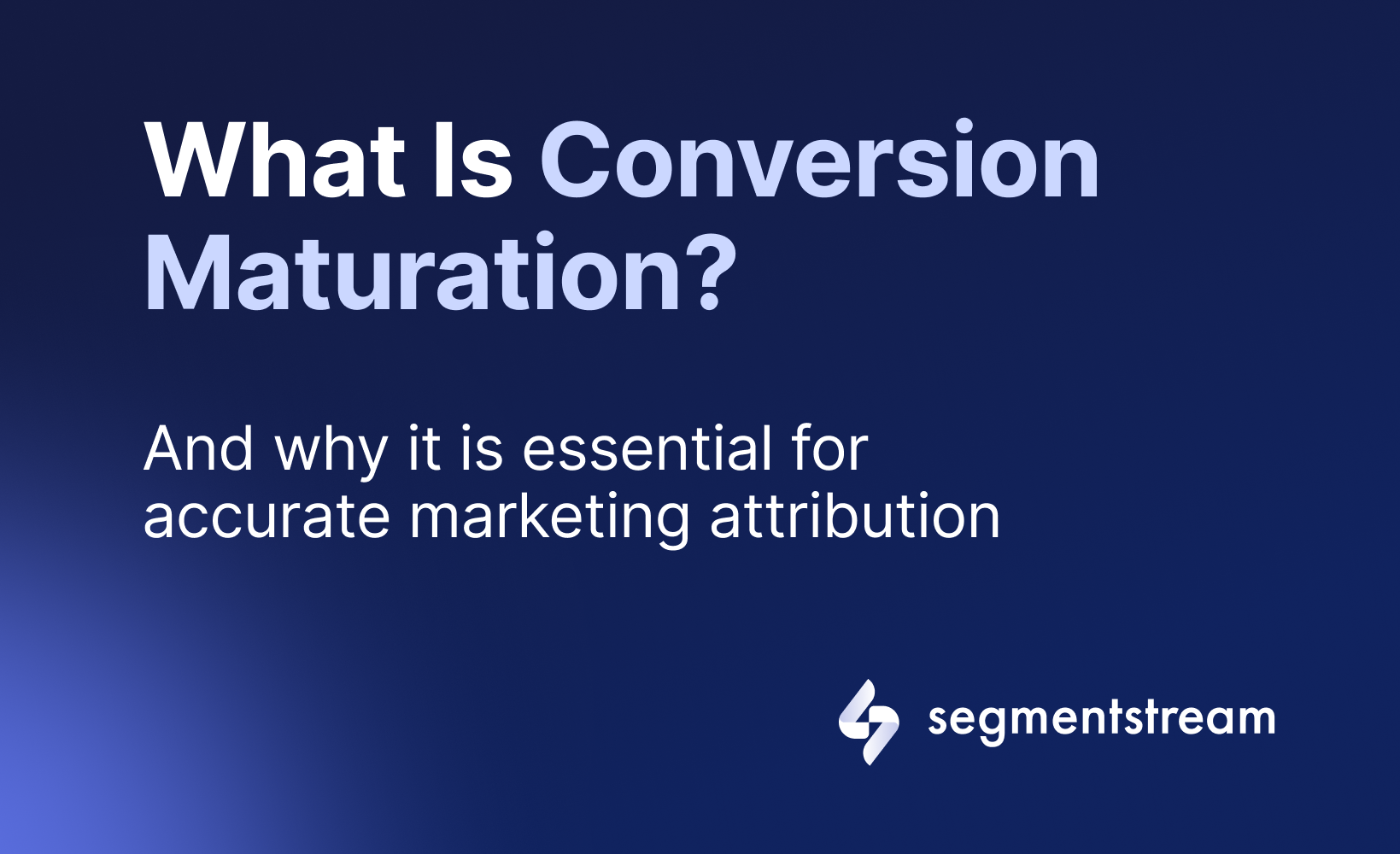
Data-driven approaches for budget allocation

Building an effective marketing mix is all about leveraging the right data. However, the catch is: which data you can rely on in your budget decisions?
This challenge is not new, however, marketers still don’t have the perfect solution… Or do we? Wait till the end of this article to find out!
Let’s break down the current solutions for data-driven budget allocation, their challenges, and a cutting-edge solution that’s just hit the market.
Cookie-Based Marketing Analytics Platforms:
Google Analytics, a classic tool for budget decisions, helps identify top-performing channels and campaigns. By comparing channels, marketers can see where to allocate more budget based on ROI. Yet, by 2024, the basic analytics approach has more challenges than benefits.
Challenges of traditional marketing analytics:
- GDPR and cookie consent;
- Tracking restrictions like ITP in Safari, iOS 17, Private mode etc.
- Cross-device/browser
![]()
As a result, traditional analytics tools undervalue top-of-funnel marketing activities.
With current limitations in tracking the entire customer journey, single and multi-touch attribution tools have difficulties accurately assessing the sales impact of early engagement activities like Paid Social, Display, or Video. This often leads to performance reports showing a skewed view, with more conversions attributed to closing campaigns such as retargeting or brand-focused efforts.
Attribution Modeling: Data-driven, Multi-Touch, etc.
Attribution Modeling allows more flexibility in terms of credit distribution. But, even the best models can’t always show the real revenue impact of campaigns like Paid Social or Video.
This is because:
a) It’s hard to connect the final sale to all marketing steps. No matter how data-driven your model is, it’s still not immune to ITP with its first-party cookie depreciation or to cross-device.
b) These models often depend on guesses rather than solid facts. Like the U-shape model, it’s more an educated guess than a proven fact.
Read our article on what’s wrong with multi-touch to learn more.
With these challenges, marketers are now looking at other methods like MMM and Predictive Analytics for better budget decisions. So let’s take a closer look at those:
Market Mix Modeling (MMM)
The concept of Marketing Mix Modeling isn’t new—it dates back to 1950. Designed for a broad, holistic evaluation of different marketing channels, MMM’s primary use has been to analyze large amounts of historical data (1-2 years) and allocate budgets to the most revenue-effective channels.
It’s been particularly useful for companies with substantial media budgets in traditional channels like TV, Radio, and print. For instance, MMM can assess the effectiveness of a TV ad campaign by considering ad spend, timing, and external influences.
Traditional MMM has its flaws:
- Time: MMM typically requires several months to multiple years of data for comprehensive analysis.
- Cost: Costs range from £7,000 to £35,000 for mid-sized businesses and start at £85,000 for larger enterprises.
Modern MMM tools:
But since then a lot of changed and now more and more modern versions of MMM are emerging. Companies like SegmentStream, Pecan AI, etc aim to perfect Mix Modelling with AI to allow flexibility and real-time insights.
Predictive Analytics
Predictive Analytics, like modern MMM, uses past data to make forecasts. However, it often zeroes in on individual customer behaviour, predicting a range of future outcomes.
Tools such as SegmentStream’s AI Budget Recommendations blend MMM with Predictive Analytics. This Budget Allocation Module employs Machine Learning to provide specific weekly budget suggestions for each campaign, along with predicted revenue increases.
Learn more about this approach here.
To sum things up,
In this guide, we explored various data-driven approaches for marketing budget allocation.
- Cookie-based analytics tools like Google Analytics are facing increasing challenges.
- Attribution Modeling offers flexibility but struggles with tracking restrictions and inherent bias.
- Marketing Mix Modeling (MMM) provides a holistic view but can be time-consuming and costly.
- Modern MMM tools and Predictive Analytics, like SegmentStream’s AI Budget Recommendations, offer more advanced, real-time solutions, blending historical data analysis with machine learning for precise measurement and effective budget allocation.
Optimal marketing
Achieve the most optimal marketing mix with SegmentStream
Talk to expert



